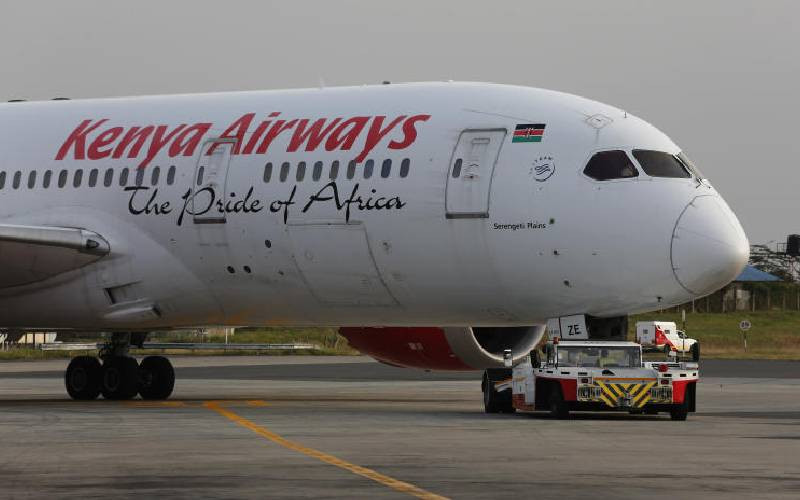×
The Standard e-Paper
Stay Informed, Even Offline

A cargo ship full of containers bears down in full trip on the high seas connecting one port to another. [File]
In the run-up to Christmas, there was considerable anxiety about shortages of festive food and gifts.







